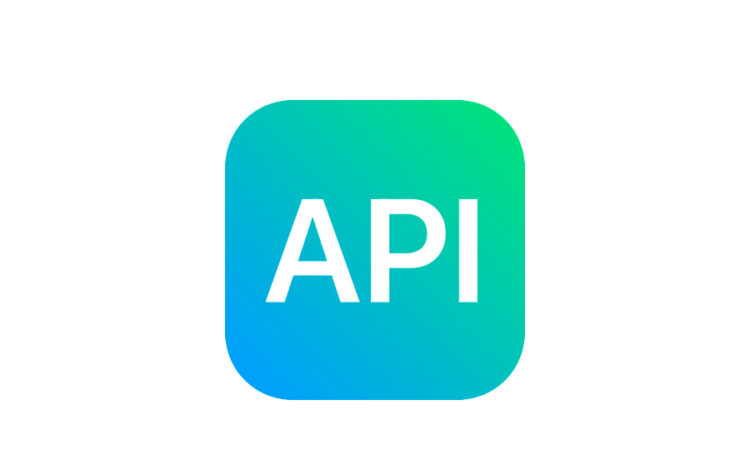In the modern world, APIs are becoming increasingly significant, and user dependency on APIs will increase as technology advances. Nowadays, everything that communicates over the internet do so via an API (application programming interface), therefore as users implement these technologies, they must also consider API testing done by an API Tester. API testing involves many different elements and involves much more than just running a few test cases. Starting as soon as feasible and continuing through the production release is required for testing.
What supports API Testing?
Now, it makes sense for users to wonder why APIs are so crucial. After all, it is an expensive investment that users may not always get an immediate return on. But if they don’t perform it right, they can discover that the cost of the faults ends up being considerably larger than the cost of the testing. Since APIs are so centrally located, they must process the majority of the traffic, and if they malfunction unexpectedly, the results could be disastrous.
Any API failure could cause processes to fail, services to stop performing as expected, and even provide access to objects and data that shouldn’t be available. It’s important to verify our APIs’ integration with other services and third-party providers as well as user-facing functionality, which is another sometimes overlooked component of APIs. All of these depend on the APIs sending predictable and sane data.
Advantages of testing APIs:
- One of the main advantages users might experience when performing API testing is that they can frequently test early. This is because the API component is frequently created before the UI component, allowing for Swiffer feedback that can direct development.
- Due to the ability to construct far more precise component tests that users do not need to repeat as frequently as the end-to-end scenarios, API testing is also significantly less expensive than manual e2e testing or automated UI testing.
- All of these advantages enable users to leave adequate space for security testing at the API level, where it has the most impact. Although security testing is beneficial on all levels, users must priorities their needs because they do not live in a world with unlimited resources.






